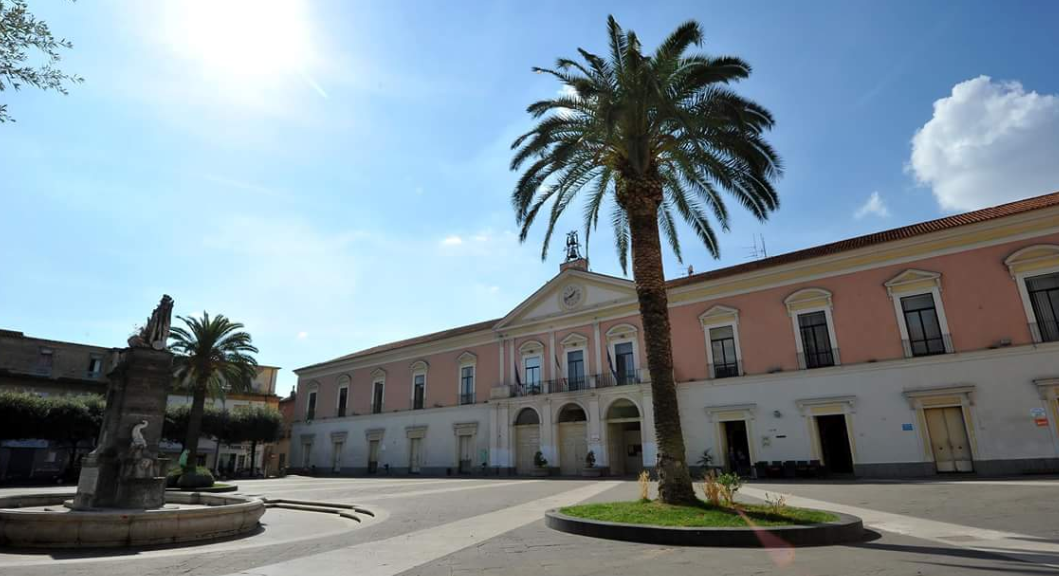Researchers from the Polytechnic University of Milan and the Polytechnic University of Marche in Italy have developed a workflow for the incorporation of BIPV into historical buildings.
Their approach combines architectural research practices with software object rendering and a choice protocol that involves different stakeholders. It also involves different fields of knowledge and the participation of heritage authorities, designers, and PV companies.
“The approach we have outlined is a technical workflow, making it applicable in all contexts, as it lacks references to specific countries,” researcher Rosa Agliata told pv magazine. “To apply this workflow in other locations than Italy, it is only necessary to refer to local regulations when establishing heritage-compatibility criteria.”
“For an improved accuracy, in addition to datasheets, consultation with the PV producers can be exploited to create the layouts specific for the PV interventions,” the researchers said. “The incorporation of realistic visualization allows for a pre-emptive evaluation of the aesthetic impact of the BIPV intervention. This enables early assessment and adjustment to maintain the building’s original values and appearances while minimizing any visual disruptions.”
Demonstrating the novel workflow in this case study, the research group highlighted its “positive implications in various aspects, including decision-making (e.g., promoting collaboration and interoperability), modeling (e.g., preemptive evaluation and reduction of impacts, PV component customization, and optimization), and data and process management (e.g., creating an all-in-one model for future assessments and operations).”
“Our next research might focus on the reversibility and disassembly aspects of flexible PV components,” said Agliata.
This content is protected by copyright and may not be reused. If you want to cooperate with us and would like to reuse some of our content, please contact: editors@pv-magazine.com.



1 comment
By submitting this form you agree to pv magazine using your data for the purposes of publishing your comment.
Your personal data will only be disclosed or otherwise transmitted to third parties for the purposes of spam filtering or if this is necessary for technical maintenance of the website. Any other transfer to third parties will not take place unless this is justified on the basis of applicable data protection regulations or if pv magazine is legally obliged to do so.
You may revoke this consent at any time with effect for the future, in which case your personal data will be deleted immediately. Otherwise, your data will be deleted if pv magazine has processed your request or the purpose of data storage is fulfilled.
Further information on data privacy can be found in our Data Protection Policy.